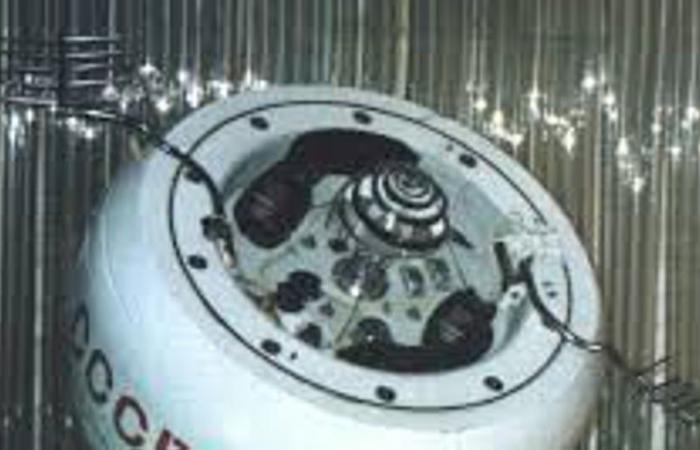Cosmos 482, the Soviet spacecraft of half a ton lost 50 years ago, has crashed this morning in the Indian Ocean, west of the Indonesian capital, Yakarta, as announced by the Russian space agency, Roscosmos, in a telegram message.
The probe was detected by radar systems on Germany at approximately 6.30 and 8.04. However, the radar has not seen it again during its descent at the planned time of 9.32, so the European Space Agency (ESA) estimated that the reentry had occurred, without specifying where. According to Roscosmos, that happened at 8.24, when it crossed the earth’s atmosphere and sank into the ocean.
“The descent of the device was controlled by an automated alert system on dangerous situations in space near Earth,” Roscosmos explained.
Cosmos 482 (Kosmos 482) was launched on March 31, 1972 towards Venus inside the Venera program but a fault burned the engines prematurely and the ship did not reach enough speed to get out of the earth’s orbit. Apparently, he separated into four parts, two of which were located in the low land orbit and disintegrated in 48 hours. The other two, presumably the landing probe and the motor unit of the upper stage detached, reached a higher orbit. From there they have been falling for more than 53 years.
Most satellites and rockets that resent the atmosphere usually burned and disintegrate before touching the earth’s surface. But this landing module, of 495 kilos, was designed to withstand the extremely hostile conditions of the Venus atmosphere and for an acceleration of 300 g and 100 atmospheres of pressure. That is, it is made to endure hell. As a result, it was believed that it could survive its re -entry and reach the earth’s surface in one piece instead of break and burn.
The probe has a titanium protective cover and has a 2.5 -meter parachute to slow down its speed, but it was doubt that it could still work half a century later.
According to ESA, fragments that survive a resentment have caused damage. And since most of the earth is covered by water or is not inhabited, the risk of someone being injured is extremely remote. The annual risk of a human being suffers from spatial waste injuries is less than 1 in 100,000 million. In comparison, a person has about 65,000 times more likely to be achieved by lightning.
Report an error






